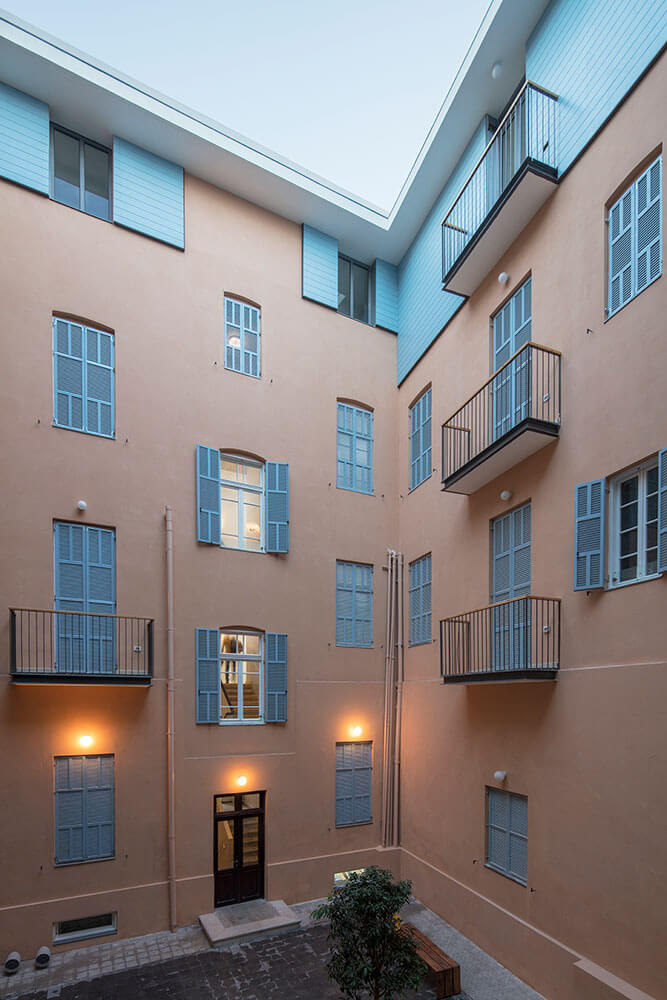
The White City is an area of Tel Aviv that is characterized by a dense and very high concentration of buildings built in the Bauhaus architectural style, the “international style”. These buildings are characterized by a most impressive appearance from the outside, alongside functionality and a spectacular appearance from the inside.
After years of neglect and even the demolition of many of these impressive buildings, the Municipality of Tel Aviv, inspired by UNESCO’s declaration of the White City in Tel Aviv as a cultural heritage area that must be preserved, is working with the help of entrepreneurs and initiatives to preserve this special area and its special buildings.
The White City receives recognition and special attention among real estate developers and people who seek it
To live in a unique house with qualities that cannot be found today, externally and internally. That is why many entrepreneurs carried out and are carrying out renovations and professional preservation of buildings, so that the White City area is already returning to its greatness and impressive uniqueness.
Purely from a real estate point of view, this is a sought-after and very high-quality area, the buildings that have been preserved and renovated offer an excellent level of finish with a spectacular construction style, and the entire White City is in the north and center of old Tel Aviv, close to cultural sites and business centers.
The territories of the White City
When talking about Tel Aviv the White City, we are talking about an extensive area of Tel Aviv where there are about 4,000 impressive Bauhaus buildings, this is the largest concentration of buildings in this architectural style in the world and this is the reason for declaring the White City a cultural heritage site. Officially, and according to UNESCO’s definition of the area as a World Heritage Site, the White City includes three adjacent areas.
• Area A: The area includes about 375 Bauhaus buildings for preservation, including Ben Gurion Boulevard in the north, Han Boulevard in the east and the heart of the city in the southern part (Dizengoff Square, Hima and more).
Area B: an area of the White City that is mainly centered around the charming area of Rothschild Boulevard, including about 240 Bauhaus-style buildings to be preserved.
• Zone C: the entire vicinity of Bialik Square, about 50 buildings in the Bauhaus style.
The characteristics of Tel Aviv, the White City
The large concentration of impressive Bauhaus buildings that today constitute a first class real estate gem –
It originated in a dedicated planning by city officials beginning in the early 1920s.
The concept was to establish a garden city that would include neat and large boulevards and streets alongside strictness
on wide and green public spaces. Alongside this design concept, many architects from Europe came to Israel and were greatly influenced by the international style, originally in Germany (Bauhaus). Thus many of the buildings erected in the first Hebrew city were in this style and plastered in clean white that created a unique look for the entire city center.
Main characteristics of the buildings around Tel Aviv the White City are functional construction
and a special appearance of clean and sometimes rounded lines that stand out favorably in the urban landscape.
To complete the beautiful and special image of this environment is the planning of the entire area as a garden city.
